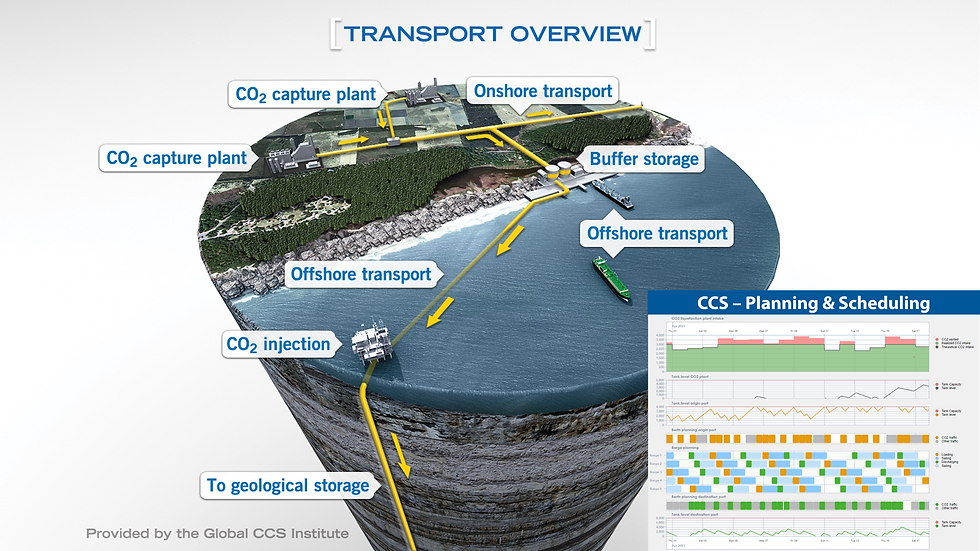The impact of a good inventory management policy
- Systems Navigator
- Sep 4, 2014
- 2 min read
Updated: Jan 20, 2020
Systems Navigator has published a white paper describing the so-called "Lending & Borrowing" inventory management policy a regas terminal. The white paper discusses the theory behind the concept and explains the concept using a case study.
Overview
Do you think that investing in terminal send out equipment will increase the profitability of the terminal? That this is not necessarily the case will be proven in this whitepaper. Nowadays complexities in LNG terminal operations are not only solved by optimizing terminal infrastructure, but are solved by optimizing the inventory management rules in combination with existing or future infrastructure. If you haven’t done so yet, it’s time to take the next step!
Choosing the right commercial operating rules for a LNG import terminal has a major impact on the terminal performance. The principle behind this is the fact that having more than one inventory holder in the tanks will lead to an inefficient send out pattern if a maximum (constant) send out rate is desirable. Fortunately, there is a solution for this. This white paper will focus on that solution: inventory management based on lending and borrowing of LNG between inventory holders (from now: customers) in the tanks.
Lending and borrowing of LNG (from now: lending & borrowing) is defined as the in-tank lending and borrowing of LNG between terminal customers. Lending and borrowing is used to maximize the send out of the terminal. Multiple customers can cause disturbances in the send out pattern, which can lead to a realized total send out lower than the contracted send out. Hence, by implementing lending & borrowing as inventory management principle the terminal can support more customers without investing in additional equipment or infrastructure. Chapter 2 explains the methods of lending & borrowing.
How to select the right operating rules is described using the case study of Regas LNG, a fictive LNG import terminal. Regas LNG is defining the right operating rules by step by step investigating a number of business cases before deciding on final commercial operating rules for the terminal. It is most important for Regas LNG to be able to deliver the contracted regasification quantity per year to terminal customers, so the realized regasification quantity should not differ more than 5% compared to the scheduled send out in the Annual Delivery Plan (ADP). This is measured using the commercial efficiency rate: by dividing the realized regasification quantity and the contracted regasification quantity the efficiency of the commercial concept is calculated.
The defined business cases tested for a commercial efficiency rate of at least 95% are:
1. What is the maximum number of terminal customers and their respective send-out in Million Tons Per Annum (MTPA) given a defined customer fleet mix and inventory management principle, such as lending & borrowing?
2. What is the optimum storage capacity given a defined operating rule?
3. What is the impact of Q-Max vessel arrivals on the realized send-out?
Chapter 2 describes the theory of lending & borrowing, while chapter 3 turns theory into practice by describing the analysis of the case study Regas LNG. Finally, chapter 4 gives a conclusive overview of the Regas LNG study.
Download the full whitepaper here.
Author: Joost Smits
Contact the author: mail or +31 15 750 1032


Comments